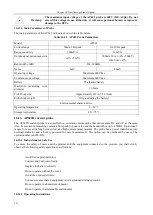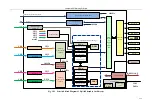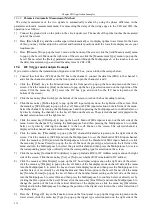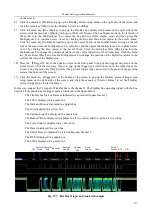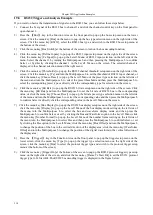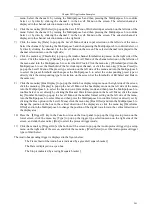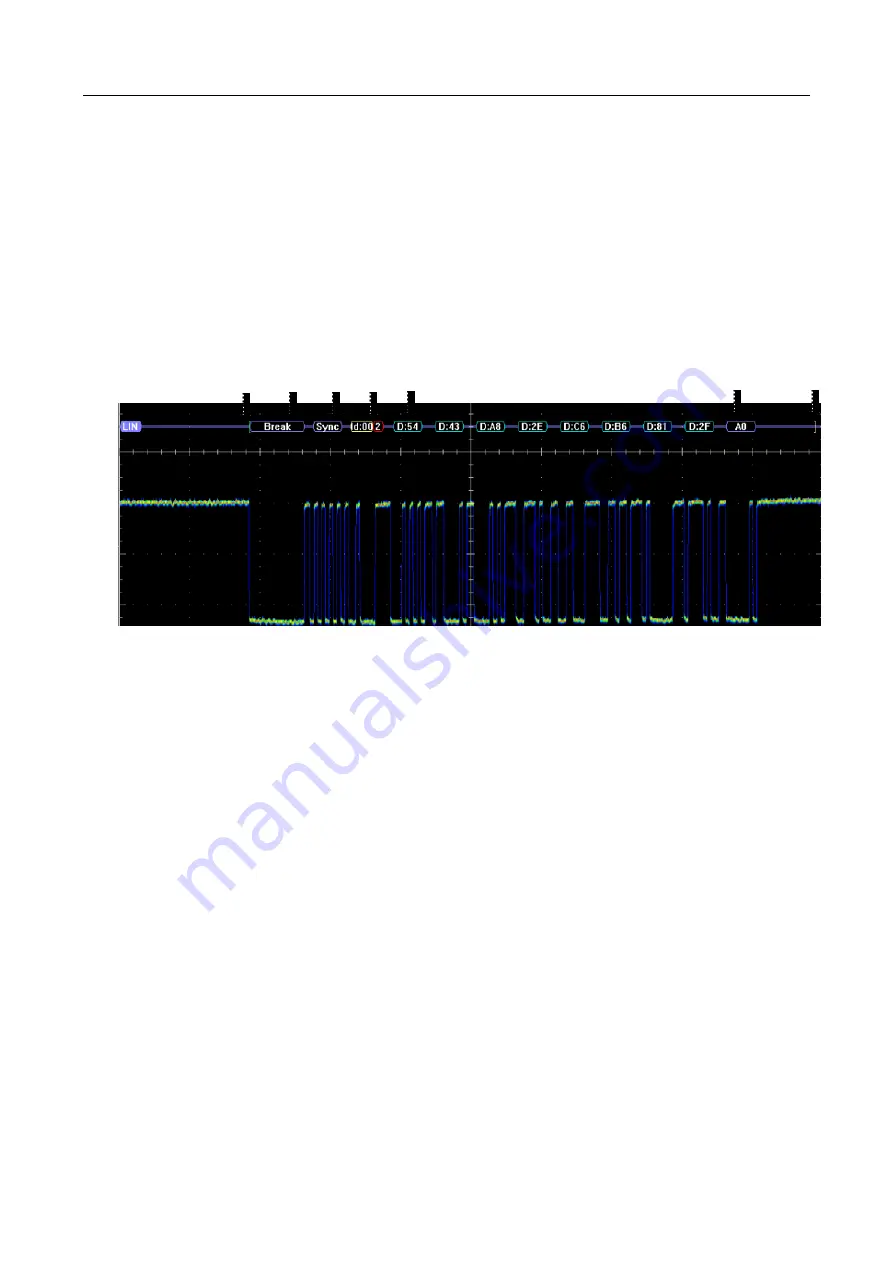
Chapter XIX Application Examples
236
The LIN bus Start of Frame is indicated by a green left square bracket [.
The Sync Interval (interrupt field) is displayed in a purple box.
The Sync Segment is displayed in a purple box.
The Id Address is displayed in a yellow box. It is displayed in a red box if the Id includes parity and if
the check is wrong.
The Parity is displayed in a yellow box.
The Data is displayed in a cyan box.
It is displayed in a purple box when the checksum is correct and in a red box when the checksum is
wrong.
The End of Frame is indicated by a green right square bracket].
Start of
Frame
Break
Sync
Id
Parity
Data
Checksum
End of
Frame
Fig. 19.6 LIN Trigger and Analysis Example
19.7
FlexRay Trigger and Analysis Example
If you want to observe the transmission of signals on the FlexRay bus, you can follow these steps below:
1)
Connect the Tx signal of the FlexRay bus to channel 1 and click the channel control key on the front panel to
open channel 1;
2)
Press the
【
Bus
】
key in the Function Area on the front panel to pop up the bus setup menu on the lower
screen. Click the menu key [Bus] on the menu to pop up the bus type selection menu on the right side of the
screen. Click the menu key [FlexRay], select the FlexRay bus type, and switch to the FlexRay bus setup
menu at the bottom of the screen;
3)
Click the menu key [Bus Switch] at the bottom of the screen to turn on the bus decoding function;
4)
Click the menu key [Define Inputs] to pop up the FlexRay input setup menu on the right side of the screen.
Click the menu key [FlexRay Inputs] to pop up the Level3 Menu of FlexRay input selection on the left side
of the menu. Select the channel 1 by turning the Multipurpose b and then pressing the Multipurpose b to
confirm Select, or by directly clicking the channel 1 in the Level3 Menu on the screen. The selected channel
is displayed in the channel selection menu of the right menu;
5)
Click the menu key [Channel Type] and set the input channel type of FlexRay bus to A;
6)
Click the menu key [Signal Type] to pop up the Level3 Menu of signal type setting on the left side of the
menu. Select the signal type of Tx or Rx by turning the Multipurpose b and then pressing the Multipurpose b
to confirm Select, or by directly clicking the signal type of Tx or Rx in the Level3 Menu on the screen. The
selected signal type is displayed on the signal type button of the right menu;
7)
Click the menu key [Thresholds] to pop up the FlexRay channel threshold setup menu on the right side of the
screen. Click the menu key [Thresholds] and turn the Multipurpose b to set the threshold of FlexRay input
channel, or click the menu key [Choose Preset] to pop up the Level3 Menu of the preset type selection on the
left side of the menu and turn the Multipurpose b to select the preset threshold and then press the
Multipurpose b to select the corresponding preset type or directly click the corresponding type for selection
Summary of Contents for 4456 Series
Page 10: ...VIII...
Page 55: ...Chapter V Trigger System 45 Fig 5 51 RF Test Signal Example...
Page 69: ...Chapter VII Mathematical Operation 59 Fig 7 10 Advanced Math Example...
Page 71: ...Chapter VIII Display System 61 Fig 8 3 Wfm Palette Menu Fig 8 4 Normal Palette...
Page 72: ...Chapter VIII Display System 62 Fig 8 5 Inverted Palette Fig 8 6 Temperature Palette...
Page 75: ...Chapter VIII Display System 65 Fig 8 12 XY Display Example...
Page 165: ...Chapter XI Protocol Analyzer Option 155 Fig 11 242 1553 Trigger and Analysis Example...

